What makes a perfect national park? Start with water — blending together glaciers, waterfalls, alpine meadows, glacially carved valleys, and serene lakes. Then stir in fantastic wildlife watching opportunities. Add a dash of historic chalets, lodges, and scenic drives. And cover with a thick layer of hiking and paddling opportunities. As you might imagine, there are just few places on this continent that can bring these ingredients together. But the mighty Glacier National Park does exactly that, offering something for every traveler’s palette!
As one of the top ten most visited national parks in the U.S., this park is VERY busy during the summer months. So, as an RVer, it’s important to plan ahead to give yourself plenty of time to enjoy this immense park. Also, be sure to pack your patience along with your bear spray. (Yes, there are grizzly bears.)
As you plan your trip, you’ll want to camp close to the places you want to visit. Here’s what you need to know to successively navigate through, camp in, and enjoy this extraordinary national park.
Scenic Drives
While every single drive through and around the park is gorgeous, you don’t want to miss the Going to the Sun Road! However, it is important to keep timing and vehicle limitations in mind when planning your visit in order to avoid disappointment and congestion. The Going to the Sun Road is open year-round near the West Entrance, but be advised: The entire road does not usually open until late June at the earliest. The alpine sections typically close for the winter around the third week of October. (However, this can also happen earlier due to wintery weather. You can find historical open and close dates here.)
To reduce traffic and make the road accessible to emergency vehicles, timed entry vehicle reservations for 2025 are required between June 13 and September 28 for the west side of Going-to-the-Sun Road and North Fork — from 7 a.m. to 3 p.m. The park is open 24/7 and visitors may enter vehicle reservation areas before 7 a.m. or after 3 p.m. without a vehicle reservation.
Important Notes for RVers
Vehicle Length
Vehicles and vehicle combinations longer than 21 feet (including bumpers) or wider than eight feet (including mirrors) are prohibited between Avalanche Creek and Rising Sun. Also, vehicles over 10 feet in height may have difficulty driving west from Logan Pass to the Loop due to rock overhangs. Consider a shuttle if your vehicle falls into these specific limitations.
Summer Shuttle Service
Free summer shuttle service for Going-to-the-Sun Road begins July 1 and continues through Labor Day. The shuttle serves both the east and west sides of the park. Additionally, shuttles are wheelchair-accessible and most offer bike racks. Shuttles typically run every 15 to 30 minutes and are first-come, first-served. During the high season, wait times to board a shuttle may be an hour or more depending on where and when you seek to board.
Hiker-Biker Shuttle Service
There is a unique opportunity for visitors who visit early in the season! Prior to the road opening for the season, a hiker-biker shuttle service allows recreational access for hikers and bikers beyond vehicle gate closures on Going-to-the-Sun Road. This service often begins in late may and runs on weekends through June 29 or until the day the Going-to-the-Sun Road fully opens. (Whichever comes first.)
Must-Hike Trails
Hiking is one of the most popular activities in Glacier National Park! The top 10 most popular hikes in the park — like Grinnell Glacier, Highline Trail, and Avalanche Lake — all average hundreds of hikers per day. The Hidden Lake Trail at Logan Pass is spectacular, but averages over 1,600 hikers per day. Most of Glacier’s trails are full-day hikes with significant elevation gain. However, with over 700 miles of trails, enjoying a less popular trail (and perhaps less challenging) will allow you to get away from the crowds and still experience the raw beauty of this place.
Another option is to get up with the sun and start your hikes very early in the day. That, or head out in the later afternoon (3 p.m. or later) to avoid the bulk of the crowds in the high season. Don’t forget your headlamps and extra layers as the daytime high temps can plummet when the sun sets and weather can move in quickly!
East Side
Two Medicine Area
- Hikes to Waterfalls. Appistoki Falls, Aster Park Falls, and Running Eagle Falls (accessible) are shorter hikes on the easier side and could be done over the course of a day. Longer hikes, but worth it, include Rockwell Falls and Twin Falls.
- Dawson Pass. This is a rugged trail with over 2,500 feett of elevation gain offering gorgeous views of mountain peaks and alpine lakes. Dawson and Pitamakan Pass Trails can be combined for a popular all-day loop!
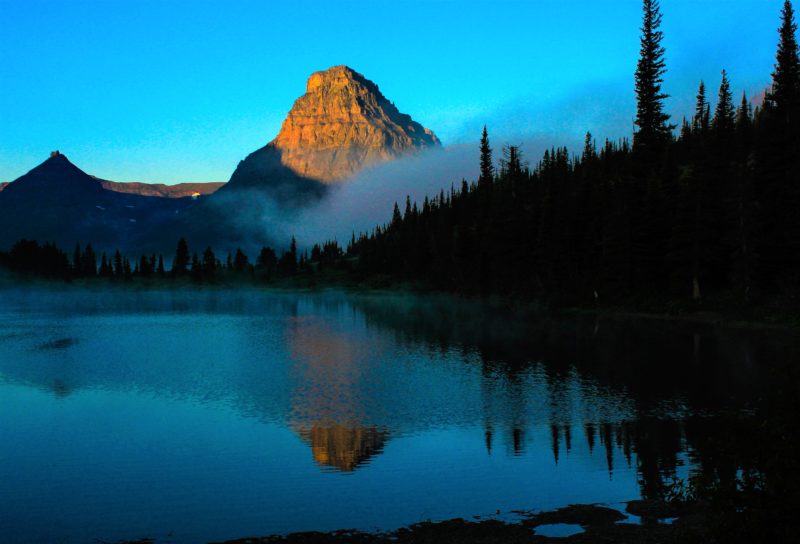
St Mary’s Area
- Beaver Pond. Nice and easy loop. Keep an eye out for beaver activity!
- Hikes to Waterfalls. St Mary Falls and Barring Falls are shorter hikes with much less elevation gain than many other Glacier hikes.
West Side
Lake McDonald Area
Rocky Point and Trail of the Cedars (accessible) are both short, beautiful hikes. Seeking a bigger challenge? Two long-distance national scenic trails run through the park. First, the Continental Divide Trail (CDT) runs along the spine of the Rocky Mountains from the Mexican border in New Mexico to the Canadian border in Montana.
The other national scenic trail is the Pacific Northwest Trail (PNT) which provides a continuous 1,200-mile route through some of the region’s most spectacular and diverse terrain. The trail crosses through five primary geographic areas: the Rocky Mountains, Columbia Mountains, North Cascades, Puget Sound, and Olympic Peninsula.
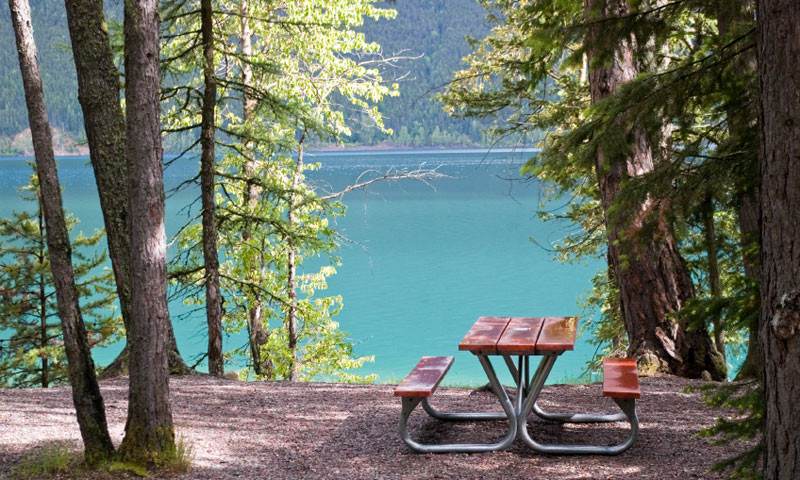
RV Parks & Campgrounds
Camping in Glacier National Park is one of the best ways to experience this spectacular place. There are nine campgrounds accessible to RVs, each varying in size and amenities. Notably, eight of the nine campgrounds require reservations. Rising Sun Campground remains the only first-come, first-serve campground open to RVers (with the exception of Apgar in the winter). Importantly, visitors need to know that none of the park’s campgrounds offer electrical, water, or sewer hook-ups.
Experientially, if you are planning more than a couple of days in this park, we recommend splitting your time between camping on the east side and camping on the west side. That way, you can experience the best the park has to offer.
No Reservation Required
Rising Sun. This first-come, first-serve campground lies just west of St. Mary and offers beautiful sunrises in the morning with Red Eagle Mountain as a backdrop. In particular, it provides a great base camp for hiking east of Logan Pass. Sites can accommodate vehicle lengths up to 21 feet. Additionally, it provides some shade, although solar power is possible in many sites. The campground is also typically open from early June to early September.
Reservations Required
Apgar. This campground is located on the west side of the park at 3,500 feet and is situated on the shores of Lake McDonald. While it is the largest campground in the park, only 25 sites can accommodate up to a 40 foot RV or truck and trailer combination. Lots of shade and open year-round (with primitive camping during the late fall, winter, and early spring; no reservations required in the winter).
Avalanche. Located in one of the most popular sections of Glacier National Park west of the Continental Divide, Avalanche lies in the sweet spot. About half of the sites accommodate vehicle lengths up to 26 feet, many with ample shade. Avalanche typically opens in the summer from mid-July to mid-September.
Fish Creek. The second largest campground in the park, Fish Creek comes loaded with shade. Some sites offer filtered lake views, though not directly on Lake McDonald itself. The campground typically opens mid-May to early September.
Sprague Creek. Found on the northeast shore of Lake McDonald, Sprague Creek lies just off Going-to-the-Sun Road. Towed units (vehicle plus unit) and RVs exceeding 21 feet are not permitted in this campground due to the nature of the entrance road. Lots of shade and typically open from late May to late September.
St. Mary. The largest campground on the east side near the St. Mary Visitor Center, St. Mary provides only three sites able to accommodate RV or vehicle/trailer combinations up to 40 feet. Twenty-two sites can accommodate up to 35 feet. Shade is sparse but great for solar-powered rigs and open year-round. (With a portion of the campground open during the winter with no reservations required.)
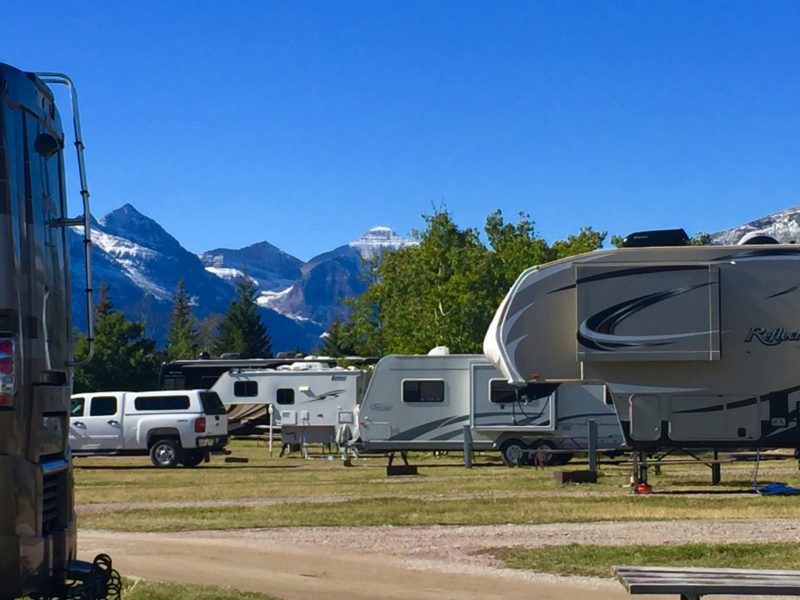
Currently Under Construction Restrictions in 2025
Two Medicine. This park is approximately 13 miles from East Glacier. Ten sites will accommodate up to a 35 foot RV or truck and trailer combination. Sites include some with shade, although solar power remains possible in many sites. Two Medicine typically opens from late May to mid-September. There is a primitive camping season from mid-September into October, weather permitting. (Note: During fall primitive season in 2025, the campground will be closed due to construction.)
Many Glacier. This campground is great for wildlife lovers. About 10 percent of the sites can accommodate vehicles up to 35 feet in length. Lots of shade here. The campground is typically open from early June to mid-September. (Note: Closed for construction during the 2025 season.)
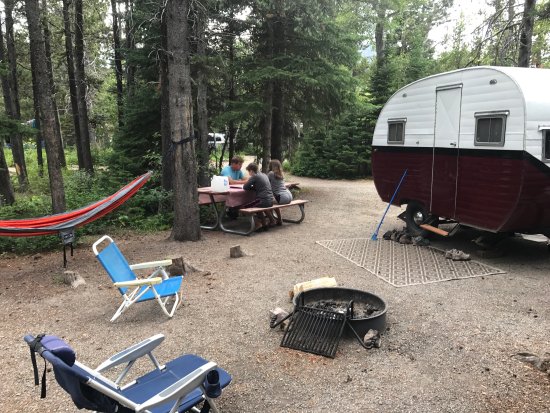
Beyond Campgrounds
Beyond federal campgrounds maintained by the park, the greater Glacier area offers an abundance of camping options from RV resorts to dispersed camping.
- National forest campgrounds near the park are a great option when the federal campgrounds are packed and you want an authentic mountain experience.
- Harvest Hosts and Boondockers Welcome offers members several camping options on the western side of the park.
- Dispersed camping is scattered throughout the mountains. If you are equipped with solar power and interested in off-grid camping or boondocking, check out the iOverlander app for some good overnight options where you will find fewer trees.
Seasonal Advice
Glacier National Park is split by the western Continental Divide at the famous Logan Pass. Based on Rocky Mountain standards, Logan Pass is not all that high in elevation at 6,600 feet. Even so, the area does receive a significant amount of snow (up to 100 feet!). Also, it can be incredibly windy in the winter — up to 140 miles per hour!
May through September is the best, but also the busiest time, to visit the park. The shoulder season (just a couple of weeks before and after) can offer unique and much less crowded opportunities.
If you must visit during the summer, our best advice is to get out early and stay out late to avoid crowds in the most popular areas of the park. Go to lesser visited areas in the middle of the day (10 a.m. to 3 p.m.). For more popular areas, plan trips in the morning and evening.
Planning Considerations
- Parking. It’s limited. During summer, parking lots often fill by early morning.
- Traffic Restrictions. During extreme congestion, access to whole areas may be temporarily restricted to allow for emergency vehicles.
- Fuel. There are no fueling stations within Glacier’s boundaries.
- Route Restrictions. Glacier’s entries and roads all have specific restrictions. Know before you go!
- Fire Alert. Summer fire season is a reality. Be ready to change your plans on a moment’s notice.
- Crossing the Border. If you plan to continue into Canada to visit Waterton National Park or the Canadian Rockies, keep in mind that the Chief Mountain Border Crossing is only open during the summer season.
With the Four Ps (patience, preparation, planning, and persistence), you can make your dream Glacier National Park trip a reality! We suggest spending at least a week in Glacier National Park in order to make the most of your visit to this spectacular park.
Unique Programs & Opportunities
Tours & Programs
Guided Tours
Guided tours ranging from rafting to hiking to boat and bus tours to horseback riding are offered by licensed concessionaires who work with the park. These are great options for visitors with less outdoor experience to get into the heart of the park!
Native America Speaks Programs
Each summer, members of the Blackfeet Nation and Confederated Salish and Kootenai Tribes share personal knowledge of their history and culture. This program began in 1982 and is the longest running Indigenous speaker series in the National Park Service. It is a very unique opportunity. Programs are generally offered at park campgrounds and historic lodges, and in locations throughout the Blackfeet Nation.
Recreational Activities
Cycling
In addition to the very popular option of biking portions of (or the entire) Going to the Sun Road, there are four multiuse trails throughout the park, though no true mountain biking trails. Bicycles are permitted on all paved and unpaved roads.
Fishing
Since no fishing license is required within the park boundaries — and lakes and streams are abundant — fishing is a very popular activity among visitors. Keep in mind that some waters are off-limits, and there are many regulations regarding season and catch limits that should be followed.
Boating
All watercraft launched within Glacier National Park must be inspected for aquatic invasive species prior to launching. Vessels are permitted on park waters on the west side of the Continental Divide between mid-May and late October, and on the east side between late May and late September. Inspection stations are conveniently located on both the west and east sides of the park.
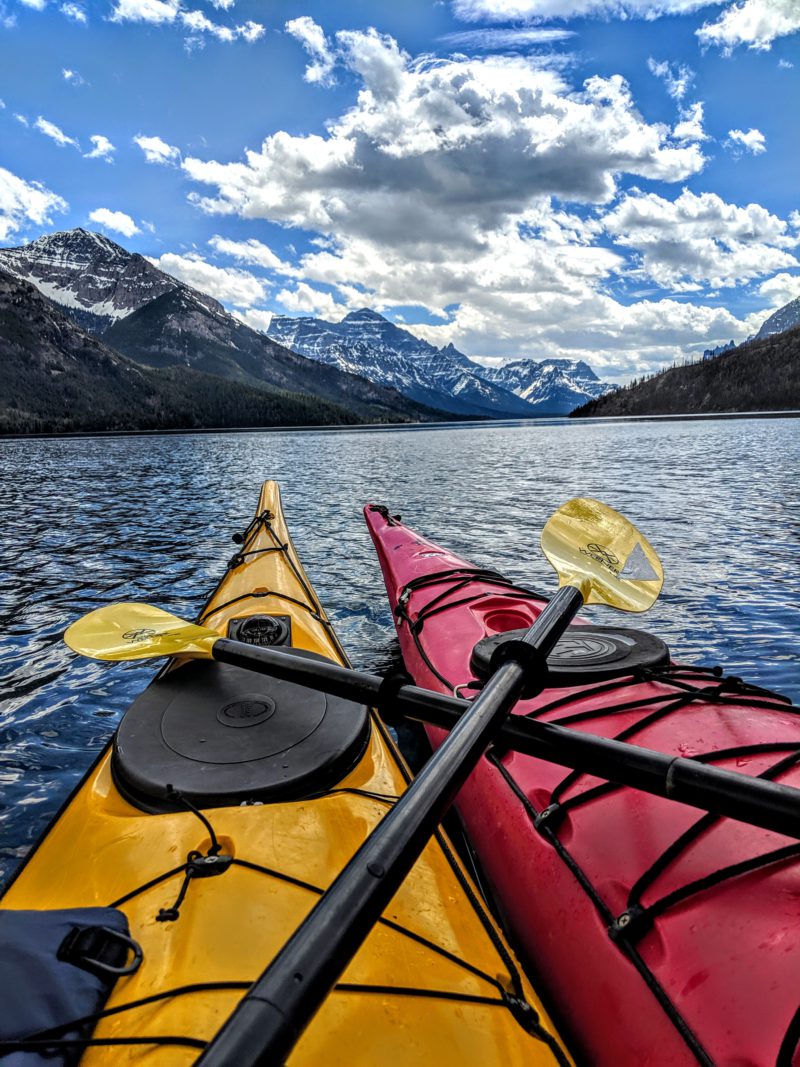
Winter Sports
If cooler temperatures and no crowds are more inline with your interests, try a winter visit to the park and enjoy abundant opportunities for both snowshoeing and cross country skiing. (Note the campgrounds that are open during the winter months in the RV Parks & Campgrounds section above.)
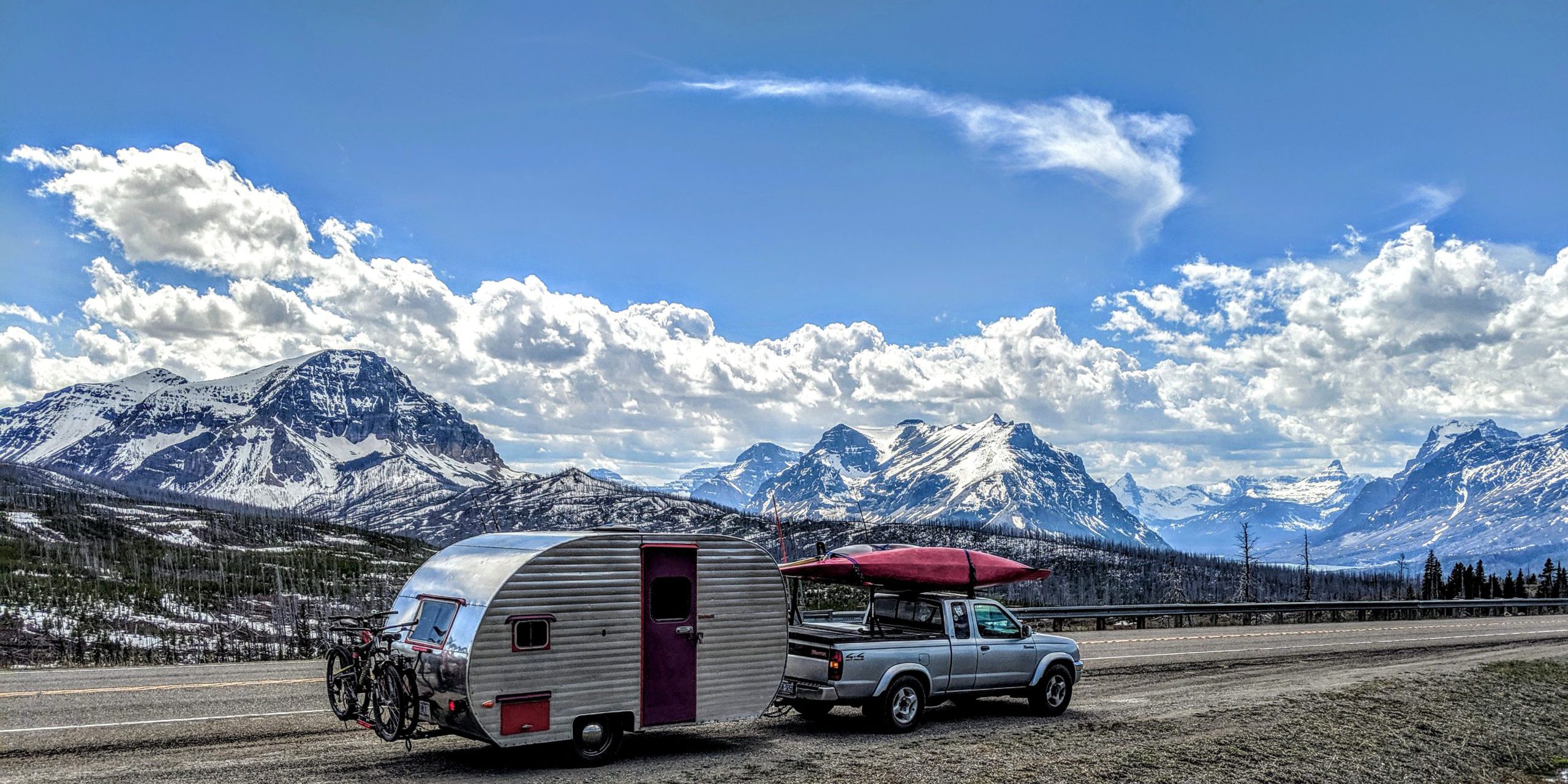
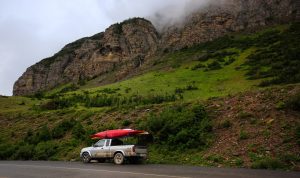
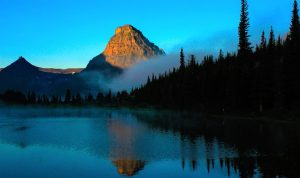
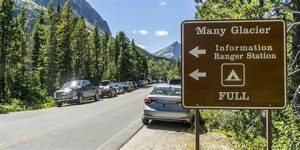
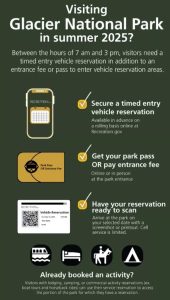
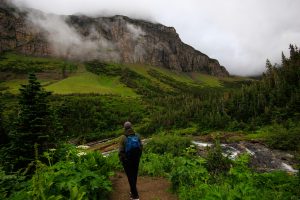
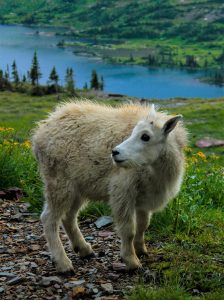
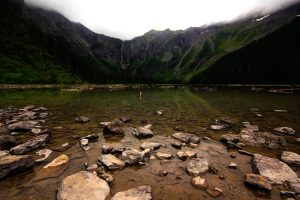
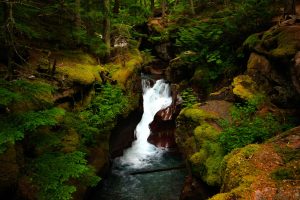
Leave a Reply